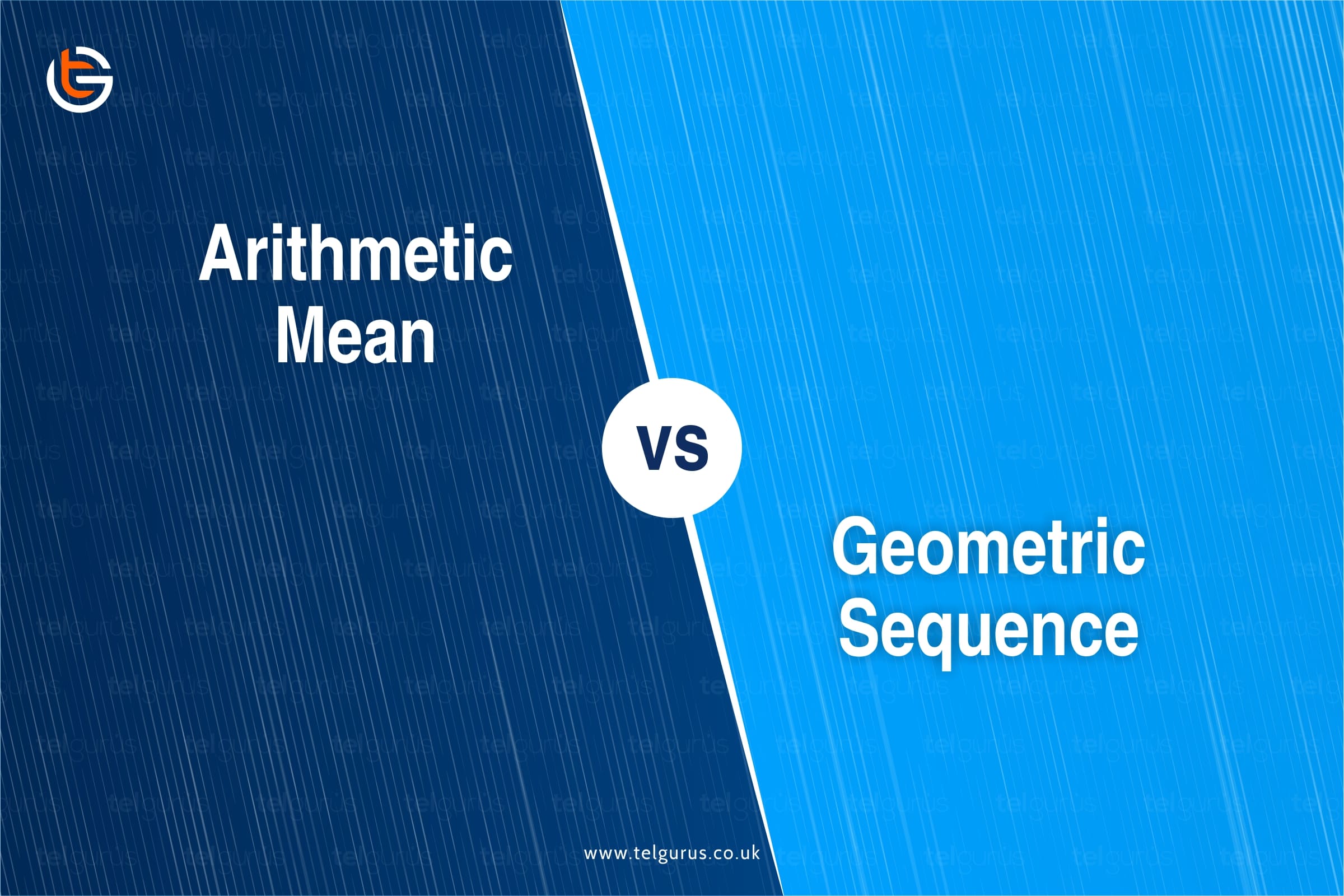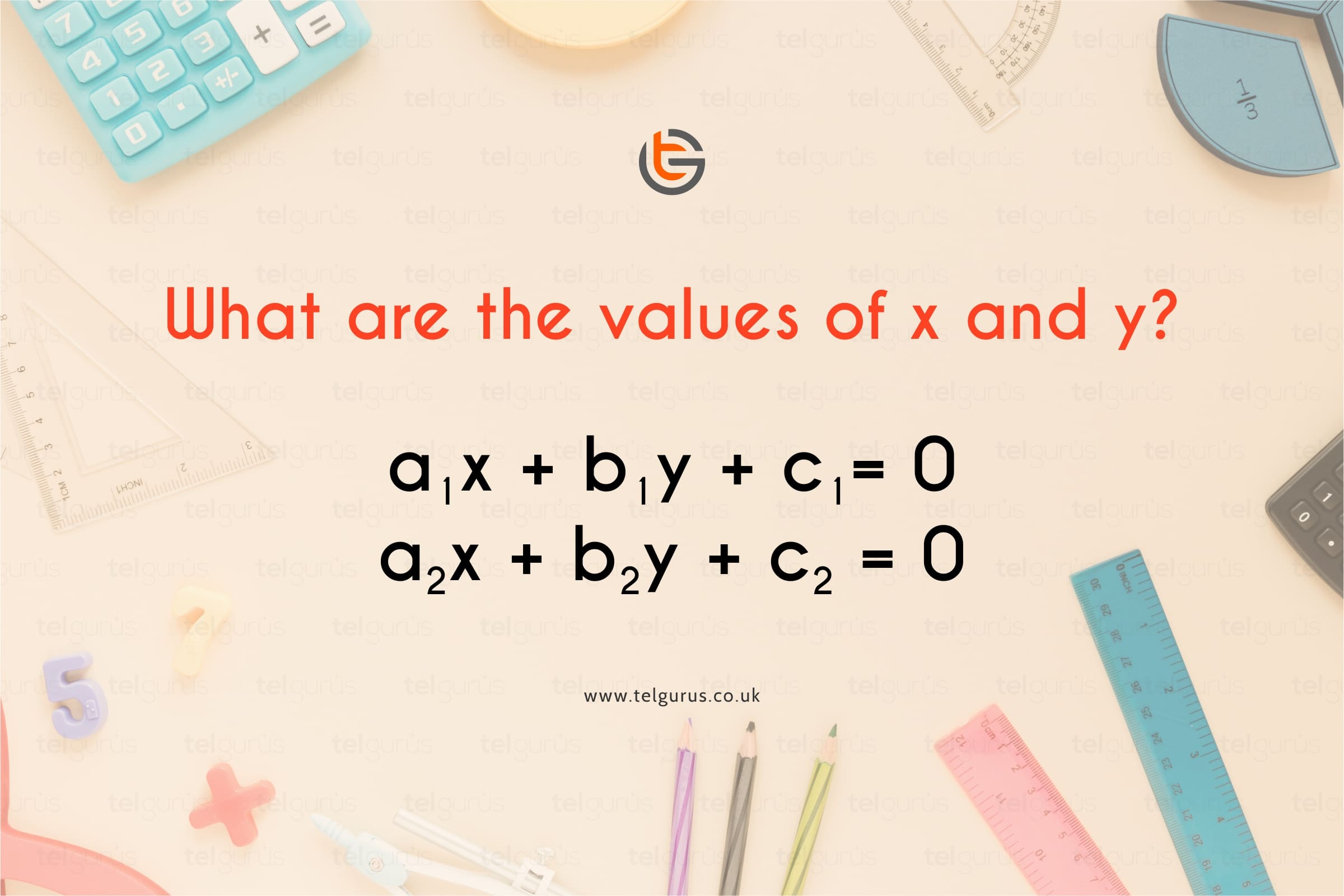Enrich your knowledge with our informative blogs
What are the differences between arithmetic and geometric sequences?

Sequence: A sequence is an ordered set of numbers and can either be a finite or an infinite set.
The two most common types of mathematical sequences are arithmetic sequences and geometric sequences.
- Arithmetic Sequence
Arithmetic sequence is that in which difference between two consecutive terms is constant. It is also known as arithmetic progression or AP.
Let us clear the concept with an example.
Let the series be
{ 5 , 7 , 9 , 11 , 13 , −−−−−−−−−−−−−−− }
Now we can see that in the above example the common difference between two consecutive terms is 2.
7 – 5 = 2
9 – 7 = 2
11 – 9 = 2
13 – 11 = 2
and so on.
So, the series in which the common difference is same between any two consecutive terms is same is known as arithmetic series.
In arithmetic series common difference is denoted by d.
The first term is denoted by a.
The series become:
A= a, a + d, a+2d, a+3d, a+4d………
The nth term of an arithmetic progression can be calculated as:
𝑨𝒏 = 𝒂 + ( 𝒏 – 𝟏 ) 𝒅
By putting the values of a, n and d we can find the arithmetic sequence.
- Geometric Sequence
In geometric sequence is created when there is a constant ration between two consecutive terms.
The two terms differ by a constant multiplier. The sequence obtained is also known as Geometric Progression or GP.
If the multiplier is greater than 1, then the terms will get larger with each consecutive term. Here the sequence will be diverging.
But, on the other hand, if the multiplier is less than 1, then the terms will get start getting smaller. The sequence will be converging in nature.
In simple terms we can say that unlike arithmetic sequence, in geometric sequence common ratio between any two consecutive terms remains the same.
Example for Geometric Sequence:
Let the series be
{ 2 , 6 , 18 ,54 , 162 , ……………..}
We can see in the above example that common ratio between two consecutive terms is same.
6 / 2 = 3
18 / 6 = 3
54 / 18 = 3
So, we can see that here common ratio is same between two consecutive terms that is 3.
In geometric sequence the common ratio is denoted by the letter ′r′.
A Geometric Sequence with common ratio ‘r′ and first term ′a′ can be expressed in the following way.
By putting the values of a and r we can find the geometric sequence.
Key Differences between Arithmetic and Geometric Sequence
| SNO | Comparison | Arithmetic Sequence | Geometric Sequence |
| 1. | Definition | An arithmetic sequence is a sequence of numbers that generated by subtracting or adding a fixed term to/ from the previous term. | A geometric sequence is a sequence of numbers where the next term is calculated by multiplying the previous term by a fixed and non –zero number.
|
| 2. | identification | The difference between two consecutive numbers in an arithmetic progression is known as the common difference and is denoted by ′d′. | The number or the ratio by which the terms of an Geometric Progression multiply or divide is known as the common ratio ‘r′. |
| 3. | variation | The variation is linear. | The variation is exponential. |
| 4. | progression | The numbers (terms) of the AP may progress either in a positive or negative direction depending upon the common difference or the constant term. | There is no such rule. The numbers may progress alternatively in a positive and negative direction in the same sequence. |
| 5. | Graph Plotting | A straight line is obtained when the terms are plotted on a graph. | As the sequence will be exponential, on plotting a curve (hyperbolic or parabolic) is obtained. |
| 6. | Infinite sequences | Diverging sequence | Can be diverging or converging. |
Read More – Mathematics Questions
View More – Useful links for Your Child’s Development

Unleash the Power of visualization to break tough concepts
Wanna be the next Maths wizard? Discover the new way of learning concepts with real-life Visualization techniques and instant doubt resolutions.
Categories
Recent Posts
- List of the qualities you should look for in your tutors?
- What is the most useful formulas in math?
- Describe the process of eating to defecation of food?
- Difference between the natural and artificial active response by the immunology system.
- Explain the different circle theorems
- How are nerve cells adapted to their function?










